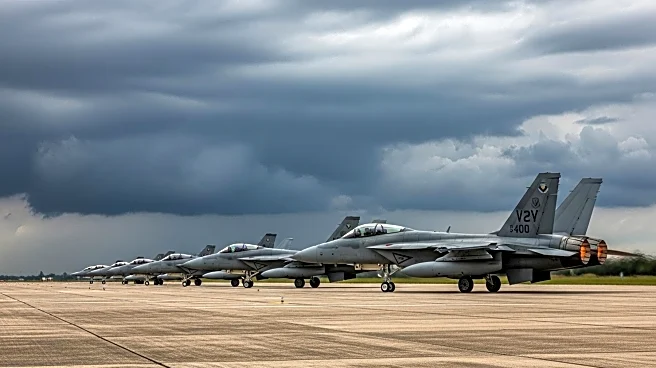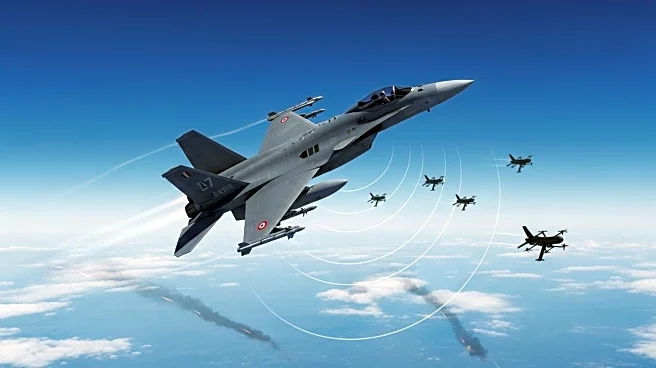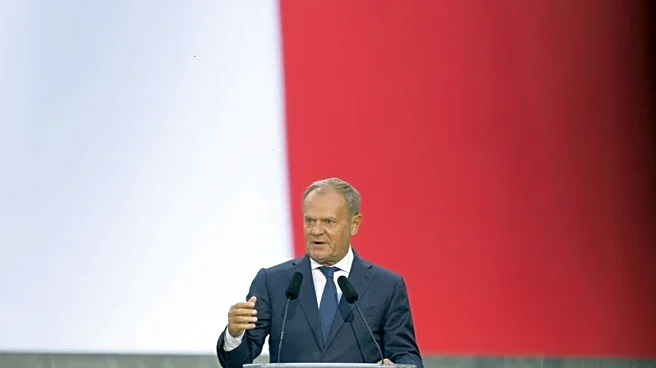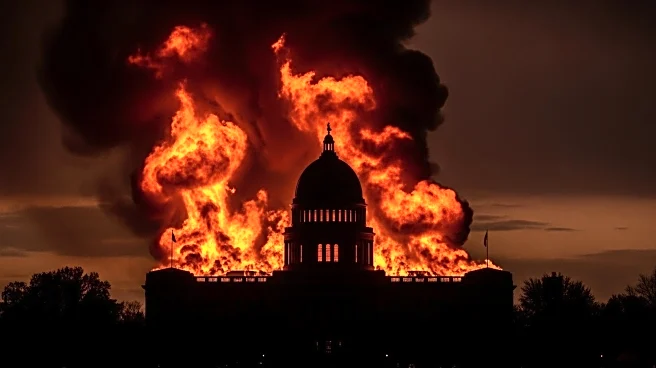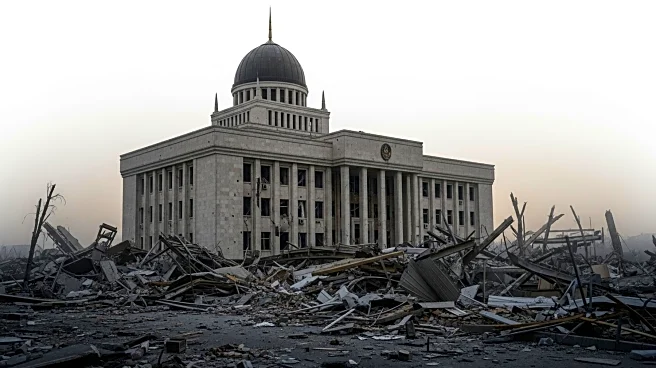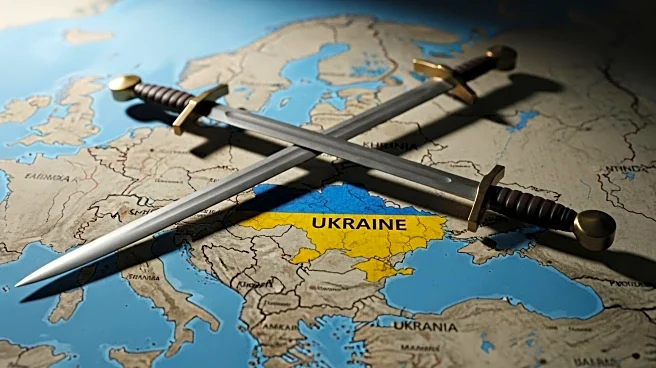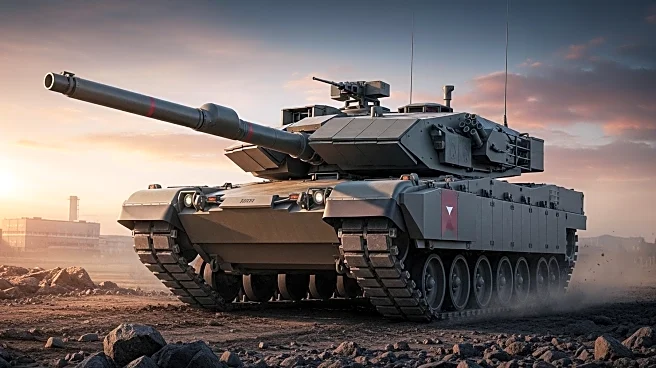What's Happening?
NATO scrambled fighter jets in response to Russian drones crossing into Polish airspace during a massive attack on Ukraine. This marks the first time Poland has engaged Russian assets in its airspace since the Ukraine war began. The Polish Armed Forces reported repeated violations by drones, leading to military operations to locate and neutralize the threats. Four airports in Poland were closed due to military activity, highlighting the seriousness of the situation. The incident underscores the escalating tensions and the potential for broader conflict involving NATO member states.
Why It's Important?
The incursion of Russian drones into Polish airspace represents a significant escalation in the Ukraine conflict, potentially drawing NATO into direct confrontation with Russia. Poland's response, including the closure of airports and engagement of air defenses, highlights the heightened security concerns in the region. This development could impact NATO's strategic posture and prompt discussions on collective defense measures. The situation underscores the risks of spillover effects from the Ukraine conflict, affecting regional stability and international relations.
What's Next?
Poland and NATO are likely to enhance their air defense capabilities and surveillance measures to prevent further airspace violations. Diplomatic efforts may intensify to address the security concerns and prevent escalation. The incident could lead to increased military readiness and coordination among NATO allies, potentially influencing defense policies and strategic planning. Observers will watch for any changes in NATO's approach to the conflict and the implications for regional security dynamics.
Beyond the Headlines
The violation of Polish airspace raises questions about the legal and ethical dimensions of drone warfare and the potential for unintended consequences. As drones become more prevalent in conflicts, there may be increased scrutiny on their use and the need for international regulations. The incident also highlights the challenges of managing airspace security in conflict zones and the importance of cooperation among nations to address these threats.
